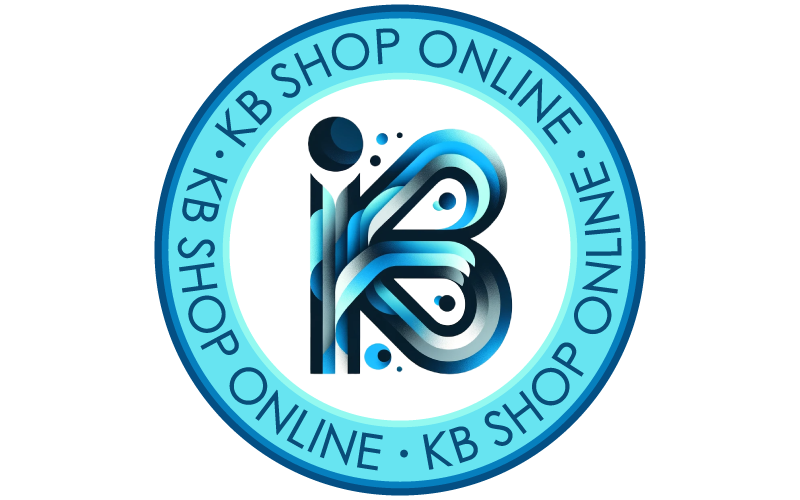In today’s rapidly advancing world, where the focus of education often gravitates towards technology and forward-thinking, the significance of looking back into one’s own history might seem a bit anachronistic. However, incorporating genealogy – the study of family ancestries and histories – into the classroom presents a unique and powerful opportunity to connect students with their personal and collective pasts, fostering a sense of identity, belonging, and a deeper understanding of history.
Genealogy as an educational tool extends far beyond the mere tracing of family trees. It is an interdisciplinary endeavor that combines geography, history, sociology, and even genetics to offer students a comprehensive view of how their ancestors’ experiences and decisions have shaped their own existence. This approach to learning not only personalizes history but also provides a tangible connection to the past, making it more relatable and engaging for students.
When students embark on a journey to uncover their family histories, they are essentially piecing together a puzzle of their identity. This process encourages the development of critical thinking and research skills. Students learn to navigate through historical records, interpret census data, and discern between primary and secondary sources. These are valuable skills that have applications far beyond the genealogy project, fostering a lifelong love for research and inquiry.
Moreover, genealogy in the classroom promotes cultural awareness and sensitivity. As students share their family histories, they expose their peers to a diverse tapestry of cultural backgrounds, fostering an environment of mutual respect and understanding. This exposure is invaluable in a world that is increasingly globalized yet often polarized. It teaches students to appreciate differences and recognize the common threads that bind humanity together.
The integration of genealogy into school curricula also offers an emotional dimension to learning. Students often find stories of resilience, courage, and perseverance in their family past, which can be incredibly inspiring. These stories can provide students with role models and a sense of pride in their heritage. Additionally, learning about the trials and tribulations their ancestors faced can instill a sense of gratitude and perspective in young minds.
However, educators embarking on this journey must tread carefully. Not all students will have access to detailed family records, and some may uncover painful or difficult aspects of their history. It’s essential for educators to approach these situations with sensitivity and offer alternative research options for students who might face such challenges. The primary aim should be to foster an inclusive environment where every student feels valued and engaged, regardless of the complexity or nature of their family history.
Integrating genealogy into education also presents a unique opportunity to bridge the generational gap. Encouraging students to interview their family members about their histories not only aids in their research but also strengthens family bonds. These interactions can be profoundly meaningful, offering insights into family traditions, values, and stories that might not be documented elsewhere.
In conclusion, the incorporation of genealogy into classroom learning is much more than a history lesson. It is an exploration of personal identity, a celebration of diversity, and a bridge connecting past, present, and future. By guiding students to explore their roots, educators are not only enriching their academic experience but also equipping them with a deeper understanding of themselves and the world around them. As students unearth the stories of their ancestors, they are also laying the groundwork for their own stories, informed by a profound awareness of where they come from and inspired by the journeys that led to them. Genealogy in education, therefore, is not just about learning history; it’s about learning life.

